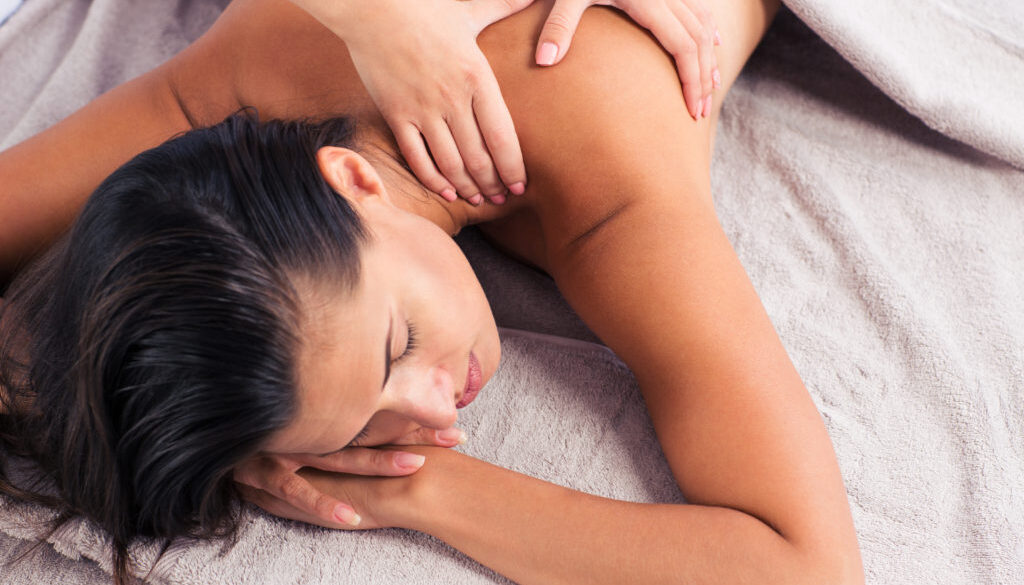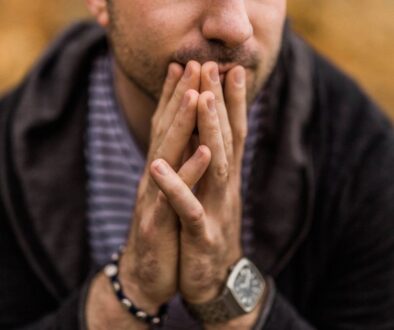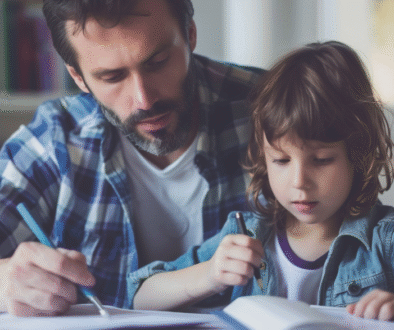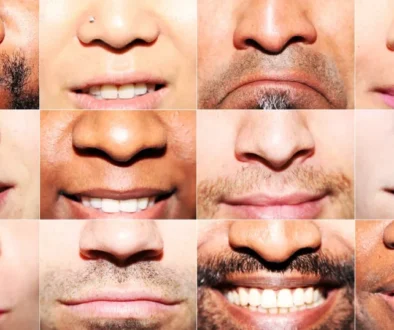Acupressure
By Aparna Mele, MD

Acupressure is a therapy developed over 5,000 years ago and is an important aspect of Asian, especially Chinese, medicine. It relies primarily on using the thumbs, fingers and palms to apply pressure to various points on the body. Traditional Chinese medical theory charts the body like a human map, marked by key points, which, when stimulated, encourage natural healing abilities. It describes special acupoints, or acupressure points, that lie along meridians, or channels, in your body. These are the same energy meridians and acupoints as those targeted with acupuncture. According to Asian medical philosophy, activation of these points with pressure (or needles) can improve blood flow, release tension, and enhance or unblock life-energy, known in China as “qi” or in the English-speaking world as “chi.” This release allows energy to flow more freely through the meridians, promoting relaxation, healing and the restoration of proper function.
The same gross physical effects that happen during any kind of massage therapy, including muscular relaxation and improved regional blood flow. Shiatsu massage is a style of acupressure therapy. Acupressure therapy is often used to relieve pain, reduce tension in muscles, improve circulation and promote deep states of relaxation. According to researchers at Hong Kong Polytechnic University, acupressure can reduce stress by up to 39 percent. There’s currently a lack of studies exploring the effectiveness of acupressure. Still, there’s some evidence suggesting that wrist acupressure may help to relieve pain after a sports injury. In a 2017 study published in the Clinical Journal of Sports Medicine, for instance, researchers examined the effects of three minutes of acupressure, three minutes of sham acupressure, or no acupressure in athletes who had sustained a sports injury on the same day. Acupressure was found to be effective in reducing pain intensity compared to sham acupressure or no acupressure, although there was no change in anxiety. Acupressure may help to ease nausea and vomiting in those with chemotherapy-induced nausea and vomiting, according to a report published in CA: A Cancer Journal for Clinicians. Researchers analyzed the results of three previously published trials and found that acupressure (using finger pressure or an acupressure wristband) decreased nausea, vomiting, and retching. Many martial arts’ disciplines use acupressure for self-defense and health purposes. The points or combinations of points are said to be used to manipulate or incapacitate an opponent. Also, martial artists regularly massage their own acupressure points in routines to remove supposed blockages from their own meridians, claiming to thereby enhance their circulation and flexibility and keeping the points “soft” or less vulnerable to an attack.
Acupressure should never be painful, and if you experience any pain, you must tell your therapist immediately. After a session, some people may feel soreness or bruising at acupressure points, and temporarily lightheaded. If you have a condition such as osteoporosis, recent fracture or injury, cancer, easy bruising, a bleeding disorder, heart disease, uncontrolled blood pressure, diabetes, or are using anticoagulant or antiplatelet medications such as warfarin, you should speak to your doctor before trying acupressure. If you are pregnant, you should speak to your care provider before trying acupressure. Acupressure typically isn’t done on the abdomen or certain points on the leg or low back during pregnancy. Pressure should be gentle over fragile or sensitive areas, such as the face. Finally, acupressure shouldn’t be done over open wounds, bruises, varicose veins, or any area that is bruised or swollen.
You can do acupressure yourself, at home or work. You simply apply pressure with the fingers to the same points targeted through acupuncture. There are several “golden acupressure points”, highlighted by acupressure professionals and practitioners, as being the most vital for healing properties. Stimulating the point on the inner wrist targets emotional turmoil and reportedly soothes anxiety, insomnia, and heart palpitations. The acupoint on the top of the foot, above the first toe or between the first and second metatarsal bones, is often targeted to treat patients with hypertension, depression, and to soothe PMS symptoms because it lessens tension, cramps, and muscle spasms. The point situated in a notch below the knee was massaged by ancient physicians to aid digestive issues—such as nausea, diarrhea, gas pain, bloating, and constipation. For fast relief, massage your “hoku” (the fleshy part between the thumb and index finger) for 20 to 30 seconds, considered the universal pressure point for easing upper-body tension. The acupoint, located in the middle of the left and right scapula on the front shoulder, is credited with soothing back, shoulder, and neck pain. The acupressure point located on the chest, directly in the first intercostal space, just below the clavicle is considered a collecting spot for lung and respiratory energy, and aims to soothe symptoms of asthma, migraine, and other respiratory issues.
Acupuncture is an inexpensive and feasible alternative to managing pain and tension, with nothing to lose and empowering you to take control of your own health. If you feel physically and/or emotionally stressed, give it a try!



